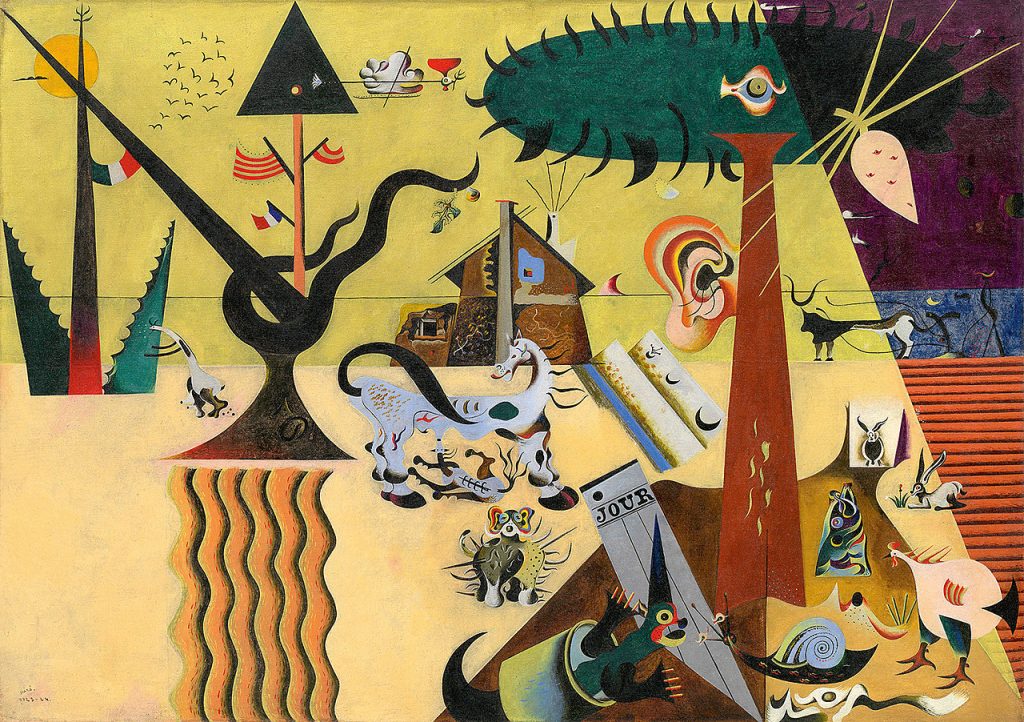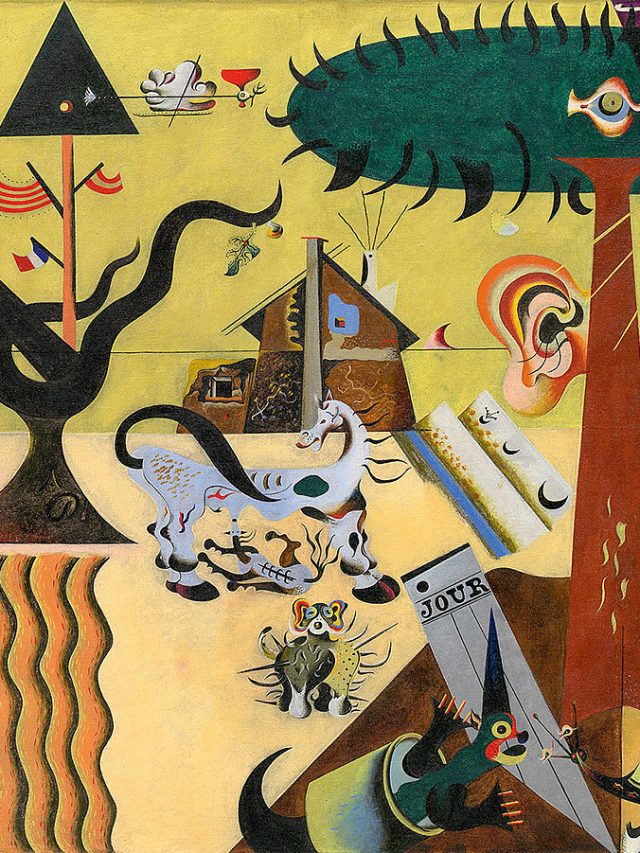The contributions of Hispanic artists stand out in the broad field of art as vivid brushstrokes that build a picture that crosses centuries and continents. Latin American painters have created a complex tapestry that captures their nations’ various cultural, historical, and social environments, from the sun-drenched landscapes of Spain to the vibrant streets of Mexico and the lush, tropical settings of Latin America. This piece takes readers on a tour around the canvases of well-known Hispanic painters, delving into the relevance of their work, its influence on the international art scene, and the distinctive viewpoints these artists provide in the ever-changing field of artistic expression.
From the grand works of the Spanish Renaissance to the audacious brushstrokes of modern Latin American art, every artist adds a different chapter to the story of human creativity. Diego Velázquez, Frida Kahlo, Salvador Dalí, and many more artists’ canvases provide spectators with a deep understanding of the cultural nuances that influenced their art while also acting as windows into the complexities of their communities.
In addition to their use of colour, Hispanic artists have utilised their canvases to remark on social and political themes, covering anything from turbulent historical periods to the complexities of individual identity. By capturing revolutions, upheavals, and the day-to-day hardships of their people in their art, they have permanently altered the collective memory of their civilisations.
We shall see the merging of indigenous customs with European influences, the exploration of fantastical worlds, and the celebration of cultural identity in the face of hardship through the eyes of these painters. These painters have left an enduring mark on the canvases of human expression, shaping the art world from the Iberian Peninsula to the Americas.
Why Hispanic Painters are significant?
Hispanic painters reflect the vast cultural diversity of the Hispanic globe, which comprises many different nations and areas with unique customs, history, and aesthetic preferences. Their art frequently captures the distinct viewpoints and experiences of their civilizations. Hispanic artists have significantly contributed to various art styles and eras throughout history. Frida Kahlo and Diego Rivera were well-known figures in modern Mexican art, while Diego Velázquez and Francisco Goya were renowned artists during the Spanish Golden Age.
Hispanic artists frequently tackle social and political themes in their works of art. Diego Rivera, for example, is well known for his murals that portray Mexican history and social conflicts. This kind of art effectively conveys and observes the moment’s circumstances. Hispanic artists have significantly influenced the evolution of creative styles and methods. For instance, the magical realism of Latin American painters or the surrealist works of Salvador Dalí and Joan Miró demonstrate creativity and a break from conventional creative conventions.
Hispanic artists have been essential in expressing and portraying their communities’ cultural identities. Themes of identity, legacy, and the difficulties of cultural integration are frequently explored in their work. Numerous Latino artists have received recognition on a global scale, making significant contributions to the art world. Their impact on the art industry as a whole transcends their creative limitations. Aspiring artists are inspired by Hispanic painters, especially those who identify as Hispanic. Their accomplishments and influence show the importance of diverse voices and viewpoints and how they may significantly advance the arts.
Pablo Picasso
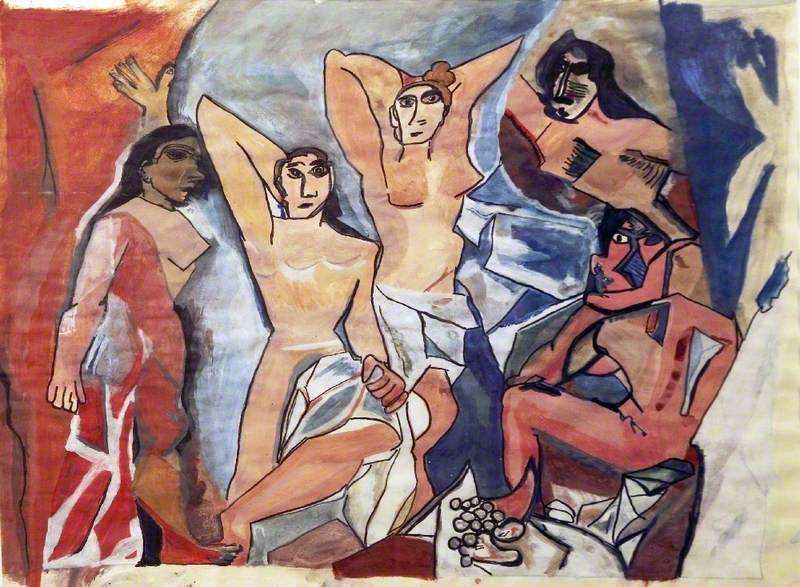
Pablo Picasso is a highly significant figure in art history as one of the most influential artists of the 20th century. The Cubist movement, which Picasso and Georges Braque co-founded, transformed the art world. Cubism defied conventional artistic rules by attempting to concurrently show objects from several viewpoints. This avant-garde strategy had a significant influence on later art movements and artists. Picasso was an extraordinarily versatile artist who showed proficiency in various media, including ceramics, printmaking, painting, and sculpture. His enduring reputation and influence across numerous disciplines were primarily attributed to his ability in different artistic mediums.
Frida Kahlo

Courtesy: www.fridakahlo.com
Frida Kahlo is a legendary figure whose influence goes beyond conventional creative accomplishments because of her enormous significance in art history. Kahlo’s unique style, which blends folk art elements, symbolism, and surrealism, is evident throughout her artwork. Her vivid and deeply intimate paintings frequently include self-portraits, which she uses to express her feelings, experiences, and physical suffering. Her work defies established categorization and conventions in the arts. Kahlo addresses gender, identity, and women’s experiences in her artwork. Her use of native Mexican symbols and her candid portrayal of her own emotional and physical hardships add to the feminist conversation. Generations of women have been encouraged by Kahlo’s art to embrace their individuality and challenge social norms.
Diego Velázquez
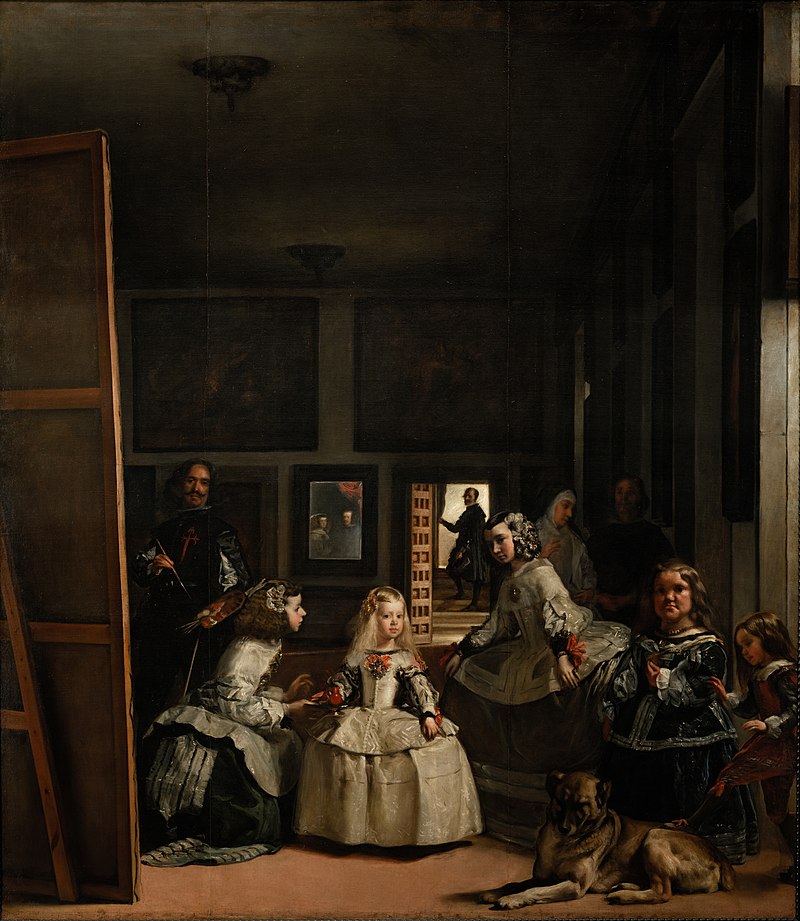
In his paintings, Velázquez is well known for his remarkable realism-capturing skills. During his period, he introduced breakthrough naturalism with his exact representation of materials, use of light and shadow, and rigorous attention to detail. Velázquez transformed the portrait genre. His subjects’ personalities and inner lives were captured in his portraits, which went beyond simple depictions of them. The most well-known illustration is “Las Meninas,” a masterwork that breaks conventional portrait standards and continues to captivate and be studied in art history.
Salvador Dalí
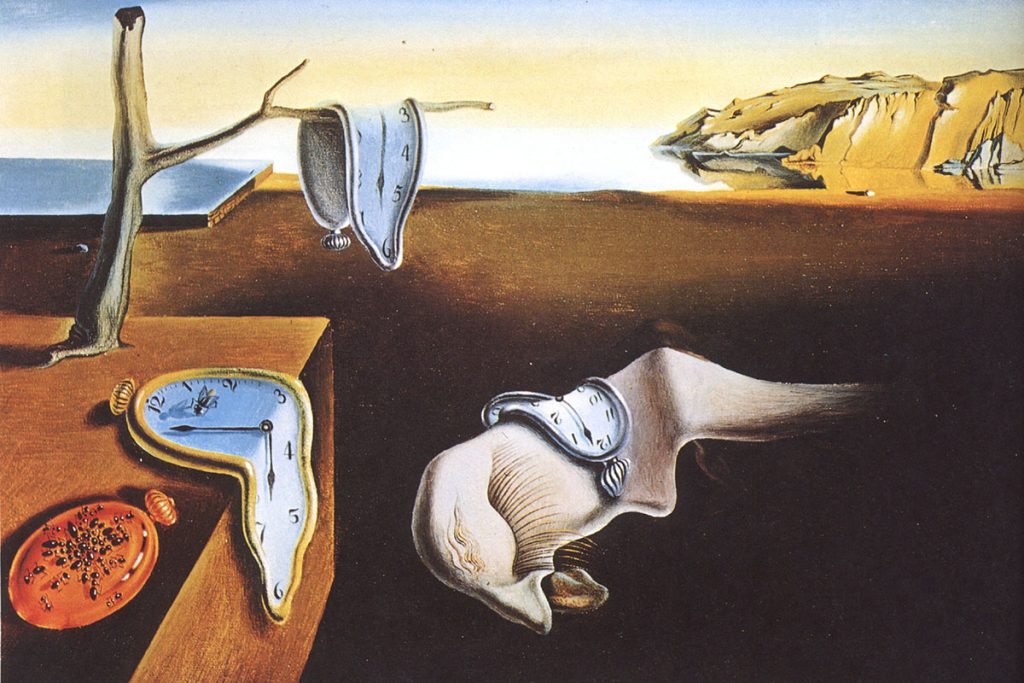 Among the pioneers of the early 20th-century Surrealist movement was Salvador Dalí—surrealism aimed to communicate the unconscious and illogical parts of the human psyche. Dreamlike, fanciful images typified Dalí’s distinctive approach to reality, crucial in defining and popularising Surrealism. Known for his inventive methods, Dalí invented the “paranoiac-critical method.” This approach comprised producing artwork that let the artist investigate the mind’s illogical associations. His work is unique because of the meticulous attention to detail, hyper-realistic style, and dreamy, hallucinogenic aspects he incorporated.
Among the pioneers of the early 20th-century Surrealist movement was Salvador Dalí—surrealism aimed to communicate the unconscious and illogical parts of the human psyche. Dreamlike, fanciful images typified Dalí’s distinctive approach to reality, crucial in defining and popularising Surrealism. Known for his inventive methods, Dalí invented the “paranoiac-critical method.” This approach comprised producing artwork that let the artist investigate the mind’s illogical associations. His work is unique because of the meticulous attention to detail, hyper-realistic style, and dreamy, hallucinogenic aspects he incorporated.
Jean Michel Basquiat
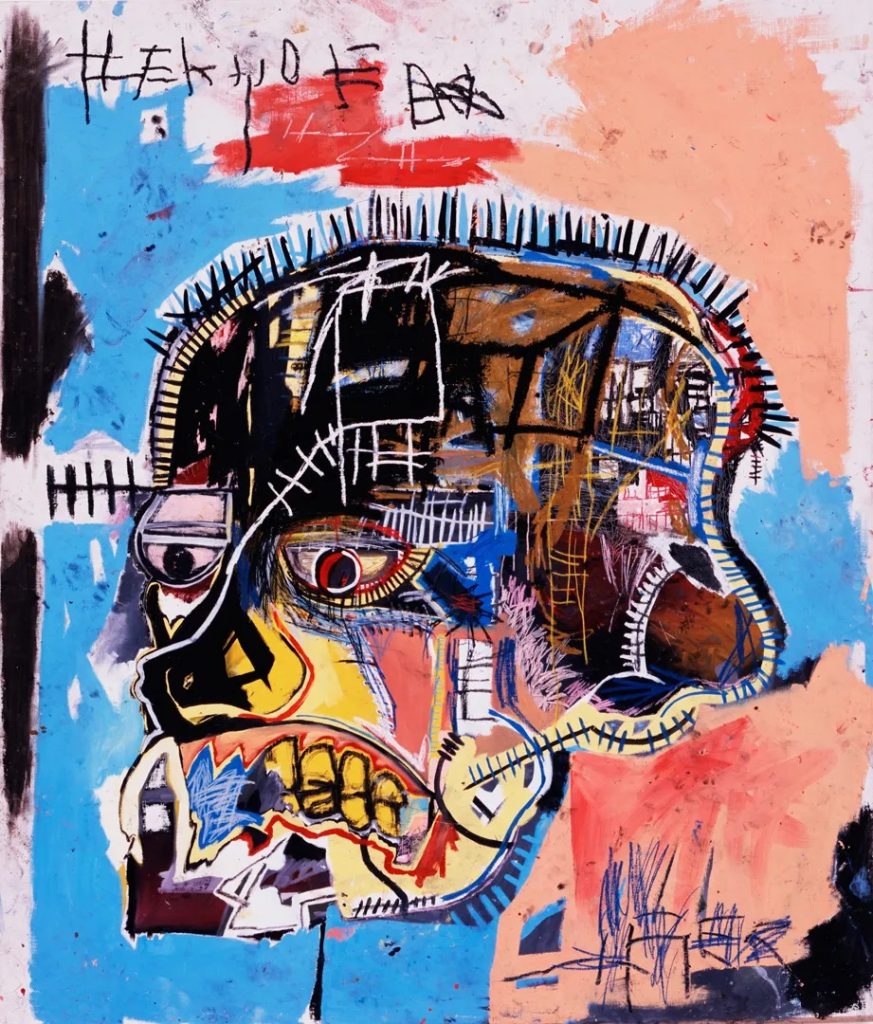
Self-taught artist Basquiat dismantled conventional conventions in the art world. As a young African American in the 1980s, he negotiated a primarily white art world, defying preconceived notions and stereotypes. The late 20th century saw the emergence of the Neo-Expressionist movement, in which he was a key figure. His street-art-inspired, graffiti-inspired approach infused the canvas with a raw vitality connected with the emerging hip-hop and downtown communities. Basquiat frequently addressed racial, personal, and social concerns in his artwork. His works reflect the larger socio-political context and the complexity of African-American existence. He raised awareness of racism, power, and cultural heritage through his unique iconography.
Diego Rivera
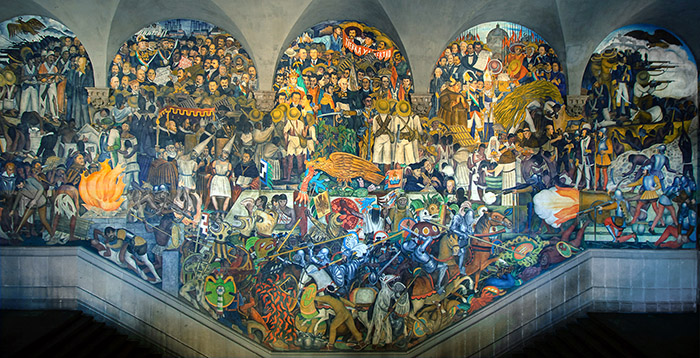
Diego Rivera was pivotal in the early 20th-century Mexican muralism movement, a significant artistic and political movement. Muralism sought to make art more widely available by removing it from prestigious galleries and placing it in public areas. Large-scale murals by Rivera frequently featured images from Mexican society, history, and culture. Rivera included social and political topics heavily in his artwork. His murals served as an effective platform for promoting social justice and political ideas. His depictions of the working class’s struggles, the subjugation of indigenous peoples, and the effects of capitalism and imperialism made him a well-known proponent of using art to bring about social change.
Francisco Goya

Throughout his career, which spanned the late 18th and early 19th century, Goya observed and influenced the shift from the Rococo to the Romantic periods. As the art world changed, so did his works, positioning him as a major player at this pivotal time. Goya rose to prominence in Spain’s thriving arts and cultural scene during the country’s “Spanish Golden Age.” He was employed by the Spanish Crown as a court painter, showcasing his artistic talent by painting portraits of nobles and aristocracy. Later works by Goya show his dedication to social and political commentary, notably the print series “Los Caprichos” and “The Disasters of War.” These pieces present a scathing assessment of war, corruption, and the state of humanity while also criticising his day’s social and political crises.
Jose Clemente Orozco
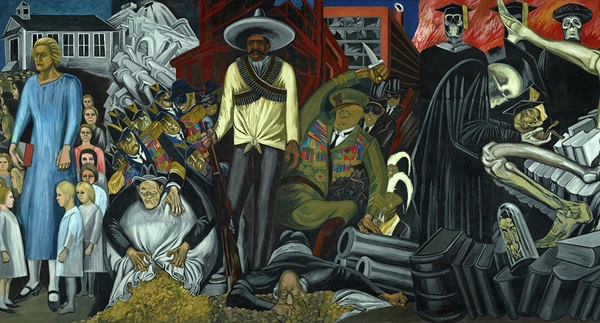 Along with Diego Rivera and David Alfaro Siqueiros, Orozco was a prominent member of the triumvirate of Mexican muralists who were instrumental in developing the Mexican muralism movement. This movement aimed to make art more widely available by moving it from private, exclusive settings into public areas. Orozco is praised for his social and political criticism in his murals. His paintings frequently portrayed the effects of social upheavals, the injustices of war, and the difficulties of the working people. His murals served as a visual record of Mexico’s and the world’s stormy past. Expressionist in nature, Orozco’s work is characterised by solid colour, deformed forms, and powerful emotion.
Along with Diego Rivera and David Alfaro Siqueiros, Orozco was a prominent member of the triumvirate of Mexican muralists who were instrumental in developing the Mexican muralism movement. This movement aimed to make art more widely available by moving it from private, exclusive settings into public areas. Orozco is praised for his social and political criticism in his murals. His paintings frequently portrayed the effects of social upheavals, the injustices of war, and the difficulties of the working people. His murals served as a visual record of Mexico’s and the world’s stormy past. Expressionist in nature, Orozco’s work is characterised by solid colour, deformed forms, and powerful emotion.
Fernando Botero
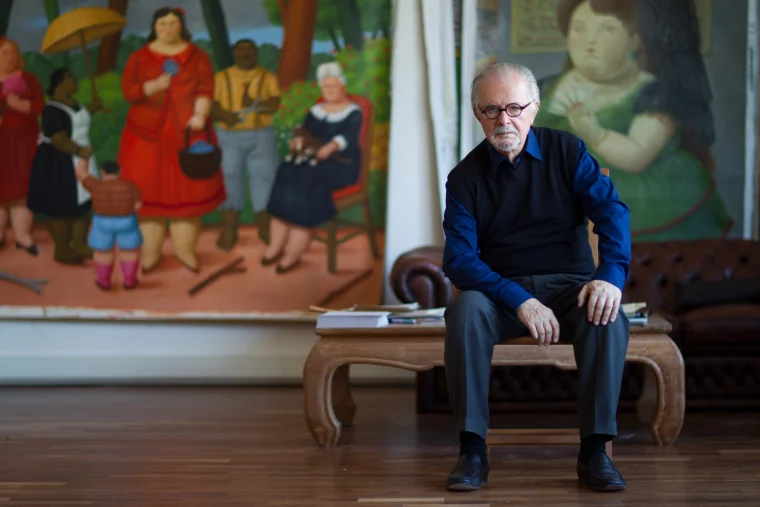 Botero is well-known for his distinctive “Boterismo” style, distinguished by voluminous, exaggerated forms. His unique style, which combines rounded and inflated proportions to create a sense of whimsy and humour, is evident in his depictions of people, animals, and inanimate objects. The diversity of Latin American culture is frequently reflected in Botero’s artwork. His use of vivid colours and incorporating traditional Latin American motifs have made him a cultural ambassador, bringing his native country’s energy and enthusiasm to the international art scene.
Botero is well-known for his distinctive “Boterismo” style, distinguished by voluminous, exaggerated forms. His unique style, which combines rounded and inflated proportions to create a sense of whimsy and humour, is evident in his depictions of people, animals, and inanimate objects. The diversity of Latin American culture is frequently reflected in Botero’s artwork. His use of vivid colours and incorporating traditional Latin American motifs have made him a cultural ambassador, bringing his native country’s energy and enthusiasm to the international art scene.
Joan Miro

At the beginning of the 20th century, the Surrealist movement saw Miró emerge. Alongside painters like Salvador Dalí and René Magritte, he was instrumental in shaping the visual language of Surrealism. His works frequently used magical and dreamy images. The distinctive and avant-garde style of Miró’s artwork combines symbolism, abstraction, and a youthful spontaneity. He distinguished himself from other era painters with his unique visual vocabulary, which he produced through symbols, biomorphic forms, and vivid colours.
The Artistic Evolution: How the Vietnam War Transformed American Art

